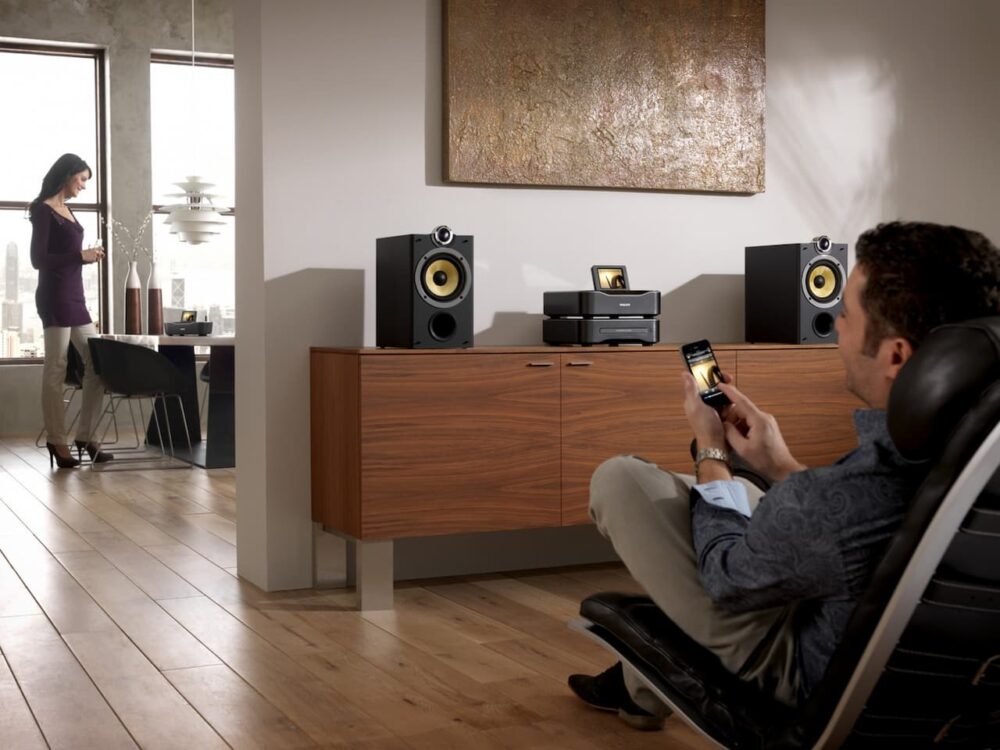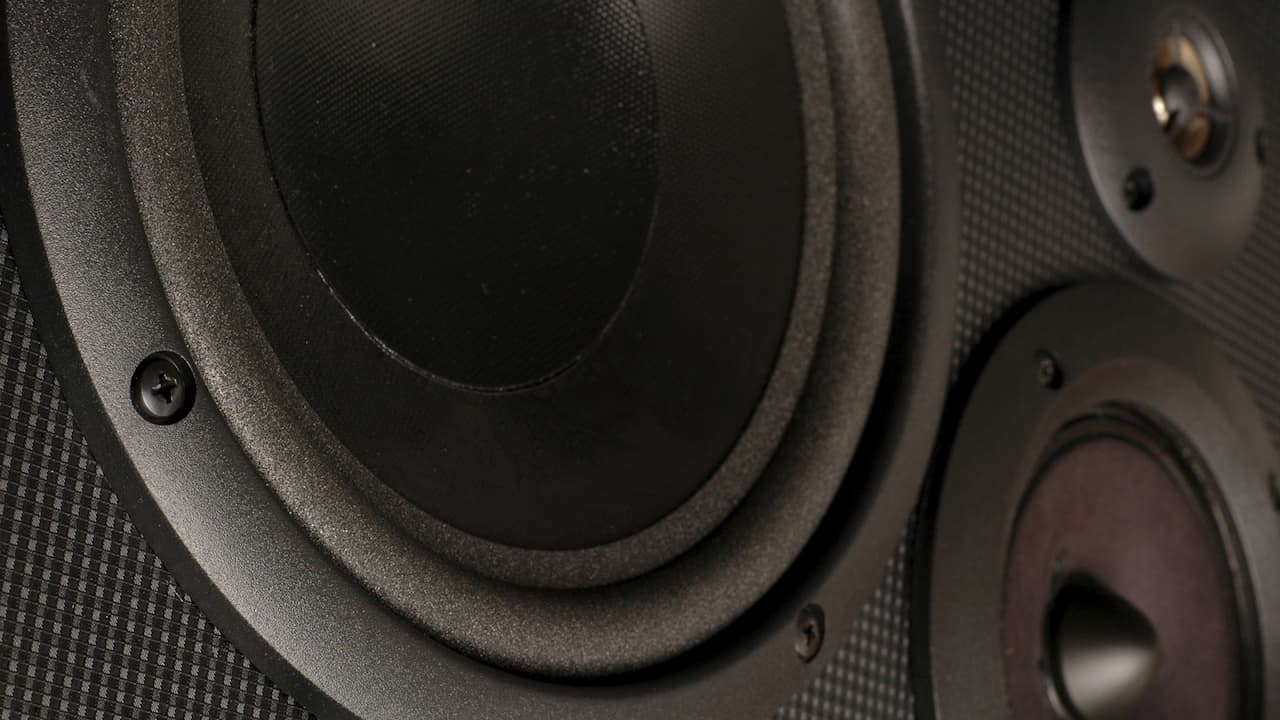The evolution of sound technology started way back in 1857 when Frenchman Edouard-Leon Scott Martinville invented the first sound recording device. Like any other industry, the sound industry keeps evolving, and the possibility of evolving to higher heights is still evident shortly.
If, for instance, we compare what we had 20 years ago, the simple PAs that used to address people are no longer in action. The current ones have been refined and are being played by millions of artists worldwide. From large discs to portable USB devices to youtube music, boom play, and fortify are the kind of evolvement we can talk about.
Humble Beginnings of the Audio Technology
As mentioned above, Edouard-Leon Scott Martinville invented the first sound recording device in 1857, named the Phonautograph. This was a major step after he defeated Emile Berliner, Thomas Edison, and Alexander Graham, who had tried to invent a carbon microphone. Since he wanted this invention to be a gift to humanity, he did not patent the invention but used the word microphone, which was thought of as a small audio information transmitter. The word was born from “Microscope.”
The device, however, missed a major component, the playback ability, because it was only intended for recording speech. This inspired many engineers to work towards better sound and more features. In 1887, Thomas Edison came up with another device called a Phonograph. It was much more advanced and was made in such a way to vibrate because of the sound waves it was receiving. It was a cylindrical drum wrapped with a sheet of tin foil to enable the drum to move laterally. But this became impractical, and the thirst for better sound continued.
Later, in 1898, Oliver Lodge came up with the forebear of all loudspeakers. Lee DeForest overwrote this in 1906, by inventing the Audion, a device capable of amplifying an electrical signal.
Electrical Era Invention
As the PA technology evolved, the era of motion pictures was set in 1945. There was more excitement in the 1950s when the electric guitar was invented, music became sweeter, and the need for more amplification set in, which was crowned by the high-powered system in 1967 during the Monterey International Pop Festival.
It did not end there, but after success on the amplification, the magnetic era came in and saw that there were quality sound systems in the music industry. This is after EMT produced the first digital reverberation unit to optimally regulate the effect of sound quality.
All this saw to it the invention of the home theater systems back in 1990, and it meant all when the analog signals were intermittently replaced with numerical samples, and there was no need to walk out of the house for entertainment.

Where We Are Today
The current technology is more exciting than ever—no more placing tons of amplifiers on the stage for sound music. Today’s amplifiers are now lighter and more powerful. They can produce better sounds and amplify signals to the desired levels.
What has changed from the previous regime;
- Small audio consolers. They are made of light materials.
- More popular and powered speakers. Current speakers and amplifiers are combined as opposed to the old ones, which have enabled the music industry to use limited power. Only an electrical distribution rack is required for effective transmission.
- Ability to network control. Now, the beauty lies here; anyone can access the type of music they love from a computer, a mobile phone, and any other gadget that can pick transmission from audio engineers. This has enabled flexibility to take part in the evolution of sound in the era that we are living in.
Conclusion
In our thinking, the hardware technology regarding audio advancement seems to have reached its peak. But the main focus in the future is to ensure that the software and the available programs are on a higher level, with more flexible features such as improved wireless technology, reduced hardware technology costs, and availability to all.
When we look back and see how technology has evolved, we can only say that we are far from reality and hope to see more friendly inventions in the future.
